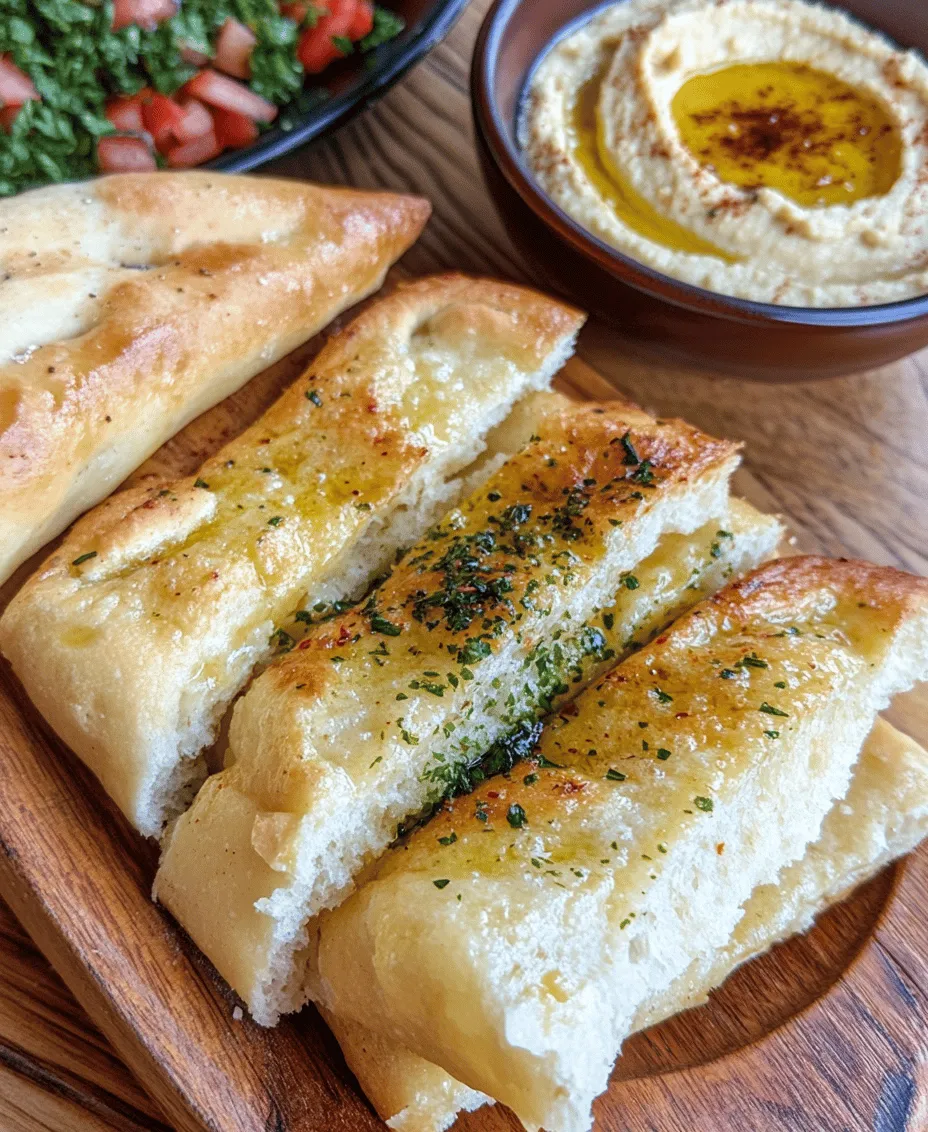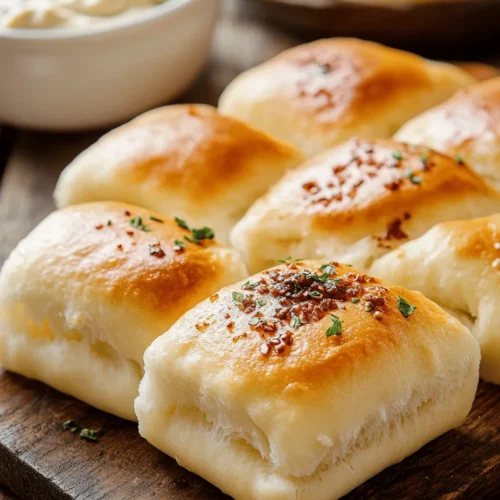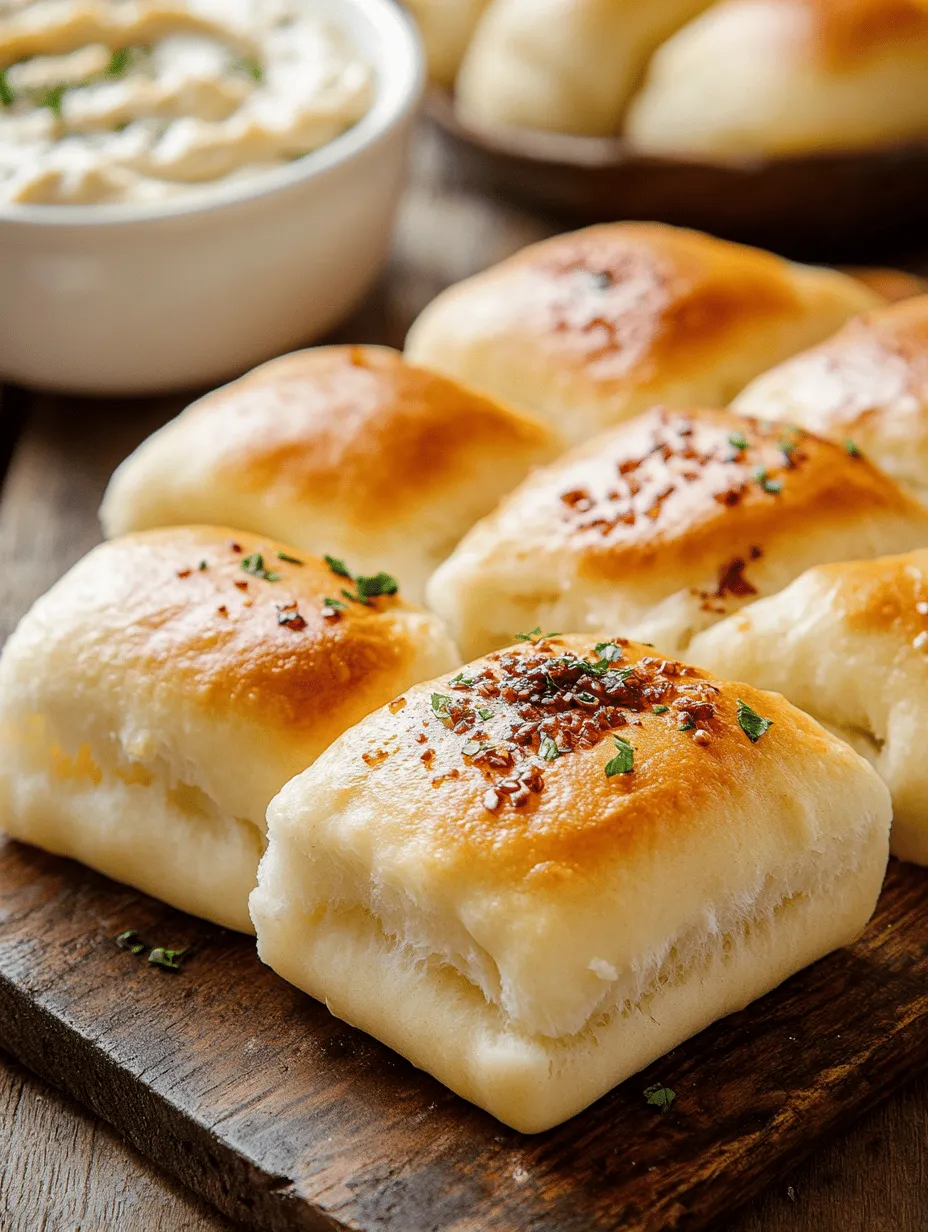Middle Eastern cuisine is celebrated for its rich flavors, diverse ingredients, and culinary techniques that have been passed down through generations. Among the many delights that this vibrant cuisine offers, the Flaky Arabic Dough stands out as a versatile and essential component. This dough serves as the foundation for a variety of dishes, ranging from wraps and sandwiches to delectable dips. With its signature flaky texture and rich flavor, Flaky Arabic Dough is bound to impress your family and friends, making it a perfect choice for gatherings, meals, or simply as a treat for yourself.
In this article, we will explore the ingredients that make this dough exceptional, delve into the preparation process, and provide serving suggestions to ensure you have all the information needed to create this culinary masterpiece. Whether you’re new to Middle Eastern cooking or an experienced home chef, this recipe will guide you through the steps to achieve the perfect Flaky Arabic Dough.
Understanding the Ingredients for Flaky Arabic Dough
Creating the perfect Flaky Arabic Dough begins with understanding the ingredients involved and their individual roles. Each component contributes to the overall texture, flavor, and integrity of the dough, ensuring that it rises beautifully and flakily during cooking.
The Core Ingredients
1. All-Purpose Flour
All-purpose flour is the backbone of the dough, providing the necessary structure and texture. Its protein content is essential for gluten formation, which gives the dough its elasticity and strength. When kneaded, the gluten strands develop, allowing the dough to rise and hold its shape during baking.
2. Warm Water
Warm water is vital for hydrating the flour and activating the gluten. The temperature of the water can influence the dough’s final texture; using warm water helps to dissolve the salt and sugar, leading to a more uniform mixture. It also encourages yeast activation if you choose to incorporate it into your dough.
3. Olive Oil
Olive oil adds moisture and flavor, contributing to the dough’s flakiness. The fat in the oil coats some of the flour proteins, which helps inhibit gluten formation, promoting a tender and flaky texture. Additionally, olive oil infuses the dough with a rich, slightly fruity flavor that complements many Middle Eastern dishes.
4. Salt
Salt is a critical ingredient that enhances the overall taste and balances the sweetness of the dough. It also strengthens the gluten structure, contributing to the dough’s elasticity. A well-salted dough will have a more complex flavor profile, making it taste more appealing.
5. Sugar
A touch of sugar is included in the recipe to help with browning the dough during baking. Sugar also provides a subtle sweetness that can enhance the flavors of the fillings or toppings used with the baked dough.
6. Baking Powder
Baking powder acts as a leavening agent that contributes to the dough’s lightness. It works by producing carbon dioxide gas when it comes into contact with moisture and heat, which helps the dough rise and become flaky.
7. Lemon Juice
The addition of lemon juice introduces acidity to the dough, enhancing its flavor and tenderness. The acidity reacts with the baking powder, promoting further leavening and contributing to a lighter texture.
8. Yogurt (Optional)
Although optional, yogurt adds richness and a slight tang to the dough, elevating its overall flavor. The dairy component in yogurt can also contribute to the dough’s moisture content, making it more pliable and easier to work with.
The Role of Each Ingredient
Understanding the role of each ingredient is crucial to achieving the perfect Flaky Arabic Dough. The balance of moisture, fat, and leavening agents creates a harmonious blend that results in a delectable final product.
– Gluten Formation: The combination of all-purpose flour and warm water initiates gluten formation, which is essential for the dough’s structure. Kneading the dough helps to develop these gluten strands, ensuring it can hold its shape while baking.
– Acidity and Texture: The addition of lemon juice not only enhances flavor but also affects the dough’s texture. Acidity helps to tenderize the proteins in the flour, leading to a softer and flakier dough.
– Temperature Matters: The temperature of the ingredients, particularly the water and any added fats, can significantly impact the dough’s final consistency. Using warm water activates the gluten more effectively, while incorporating fats at room temperature allows for easier mixing and a smoother texture.
By understanding how each ingredient contributes to the dough, you can make informed adjustments to suit your preferences or dietary needs.
Step-by-Step Guide to Making Flaky Arabic Dough
Now that we have a solid understanding of the ingredients, let’s dive into the step-by-step process of making Flaky Arabic Dough. Each step is crucial to ensure the dough turns out perfectly flaky and delicious.
Preparing the Dry Ingredients
Mixing the Dry Ingredients
Start by gathering your dry ingredients: all-purpose flour, salt, sugar, and baking powder. The first step in preparing your Flaky Arabic Dough is to mix these dry components thoroughly.
1. Sifting: Sift the all-purpose flour into a large mixing bowl. Sifting helps to aerate the flour, removing any lumps and ensuring an even texture throughout the dough.
2. Adding Salt and Sugar: Sprinkle the salt and sugar over the sifted flour. This step is important for ensuring that the salt and sugar are evenly distributed throughout the mixture, preventing clumping.
3. Incorporating Baking Powder: Finally, add the baking powder to the dry ingredients. Use a whisk or a fork to mix all the dry ingredients together, ensuring that they are well combined. This step is crucial for achieving a uniform texture in your dough, as unevenly mixed ingredients can lead to inconsistent results during baking.
Creating the Dough
Forming the Well
Once your dry ingredients are thoroughly mixed, it’s time to create the well that will hold the wet ingredients.
1. Making a Well: Use your hands or a spatula to create a well in the center of the dry mixture. This well will serve as a reservoir for the wet ingredients, allowing for easier incorporation.
2. Preparing for Wet Ingredients: Ensure that the sides of the well are high enough to contain the wet ingredients without spilling over. This technique helps to prevent the dry ingredients from flying out as you mix.
Combining Wet and Dry Ingredients
Mixing Techniques
With your well prepared, you can now begin to add the wet ingredients to the dry mixture.
1. Adding the Wet Ingredients: In a separate bowl, combine the warm water, olive oil, and lemon juice (and yogurt, if using). Whisk these ingredients together until well combined.
2. Incorporating the Wet Mixture: Gradually pour the wet mixture into the well you created in the dry ingredients. Start by adding a small amount, allowing it to soak into the flour before adding more. This method helps to prevent clumping and ensures a smoother dough.
3. Mixing to Form a Dough: Using your hands or a spatula, gently mix the wet and dry ingredients together. Be careful not to overmix, as this can develop the gluten too much, leading to a tougher dough. The goal is to combine the ingredients until you have a cohesive mixture that is slightly sticky but not overly wet.
4. Kneading: Once the dough comes together, transfer it to a lightly floured surface. Knead the dough gently for about 5-7 minutes, until it becomes smooth and elastic. This step is crucial for developing the gluten, which will give the dough its structure and flakiness.
By following these initial steps, you will have laid the foundation for your Flaky Arabic Dough. The next part of this article will delve into the final steps of preparing the dough, as well as serving suggestions to elevate your culinary experience. Stay tuned as we continue to explore this delightful recipe, ensuring you create a dish that is not only delicious but also a true testament to the beauty of Middle Eastern cuisine.

Kneading for Texture
Kneading is a crucial step in the process of making Flaky Arabic Dough Delight. It not only incorporates the ingredients but also plays an essential role in developing gluten. Gluten, a protein found in wheat, gives dough its structure and elasticity. When you knead the dough, you’re essentially aligning the gluten strands, which results in a dough that can stretch and hold its shape while cooking.
To knead effectively, start by turning the dough onto a lightly floured surface. Using the palms of your hands, push the dough away from you, fold it back over itself, and give it a quarter turn. Repeat this process for about 8-10 minutes. You’ll know the dough is ready when it becomes smooth and elastic. A well-kneaded dough will spring back when pressed lightly, indicating that gluten development has occurred.
Resting the Dough
Once kneading is complete, don’t overlook the importance of resting the dough. Allowing the dough to rest for at least 30 minutes is critical for two main reasons: gluten relaxation and improved handling. When the dough rests, the gluten fibers loosen, making it easier to roll out. This relaxation process prevents the dough from snapping back when you try to shape it, ensuring a more uniform thickness.
Cover the dough with a damp cloth or plastic wrap during this resting period to prevent it from drying out. This simple step will make your dough much more manageable and enhance its final texture, resulting in a flaky and tender delight.
Rolling and Cooking Techniques
Rolling Out the Dough
Achieving the perfect thickness and size when rolling out your Arabic dough is crucial for the final product. Start by dividing the rested dough into manageable portions, usually about the size of a golf ball. Dust your work surface and the rolling pin with flour to prevent sticking.
When rolling, apply even pressure and rotate the dough frequently to maintain a circular shape. Aim for a thickness of about 1/8 inch for most recipes; this thickness allows for a delightfully flaky texture while still being sturdy enough to hold fillings. If you want to make larger pieces for wraps or sandwiches, you can roll out the dough into larger circles, adjusting your thickness slightly to suit the intended use.
Cooking the Dough
Cooking your Flaky Arabic Dough can be done using a skillet or griddle, both of which yield excellent results. Preheat your skillet or griddle over medium-high heat. It should be hot enough that a drop of water sizzles upon contact but not so hot that it burns the dough.
Cook each piece of rolled dough for about 1-2 minutes on each side, or until you see golden-brown spots forming. If you want the dough to puff up, gently press down with a spatula while cooking. This technique helps create that beautiful flaky texture we all love. Adjust the heat as necessary to avoid burning; if the dough is browning too quickly, lower the heat slightly.
Serving Suggestions for Flaky Arabic Dough
Once your Flaky Arabic Dough is cooked to perfection, the possibilities for serving are endless. Here are some creative ways to enjoy this versatile dough:
Wraps
Flaky Arabic dough makes for an excellent wrap. Fill it with savory meats such as spiced lamb or chicken, fresh vegetables like tomatoes, cucumbers, and lettuce, and add flavorful spreads like tahini or garlic sauce. For a vegetarian option, consider roasted vegetables, falafel, and a drizzle of tahini sauce. The flaky texture of the dough complements the fillings beautifully while providing a satisfying bite.
Sandwiches
Transform your dough into a delicious sandwich. Use it as the base and layer in your favorite ingredients. Think of grilled chicken with avocado and a sprinkle of feta cheese, or a classic shawarma with pickles and garlic sauce. The dough’s ability to hold the fillings securely makes it a perfect choice for hearty sandwiches that can be enjoyed on the go.
Dips
Pair your Flaky Arabic Dough with popular Middle Eastern dips. Serve it alongside hummus, baba ganoush, or tzatziki for a delightful appetizer or snack. The crispy, flaky texture of the dough provides an excellent contrast to the smoothness of these dips, making for a tasty combination that’s hard to resist.
Cultural Significance of Arabic Dough
Historical Roots of Arabic Bread
Arabic bread has a long and rich history, deeply interwoven with the cultures of the Middle East. The origins of bread in this region date back thousands of years, where it served as a staple food for many civilizations. Bread-making techniques were passed down through generations, evolving along with the cultures that embraced them.
Arabic bread is not just a food item; it symbolizes hospitality, community, and sustenance. It is often used during gatherings and celebrations, highlighting its cultural significance. The act of breaking bread together fosters connections and shared experiences among family and friends.
Regional Variations
As diverse as the cultures that create them, Arabic breads come in various forms across the Middle East. In Lebanon, for instance, you’ll find pita bread, a round flatbread perfect for stuffing or dipping. In contrast, Egyptian baladi bread is thicker and heartier, ideal for hearty meals. Meanwhile, Turkish lavash is thin and flexible, often used for wraps. Each variation reflects local ingredients, cooking methods, and cultural practices, showcasing the richness of Middle Eastern culinary traditions.
Conclusion: Embracing the Delight of Flaky Arabic Dough
Flaky Arabic Dough Delight is more than just a versatile base for your meals; it’s a connection to the rich traditions of Middle Eastern cuisine. By mastering the ingredients and preparation techniques, you can create a delightful dough that enhances any dish. From wraps to sandwiches and dips, this dough is sure to impress at any gathering or family meal.
Exploring the world of Arabic bread allows you to appreciate its historical roots and cultural significance while enjoying its delicious flavors and textures. So, roll up your sleeves, get in the kitchen, and embrace the delight of Flaky Arabic Dough. Whether you’re serving it at a gathering or enjoying it on a quiet evening at home, this dough is certain to be a beloved addition to your culinary repertoire.


